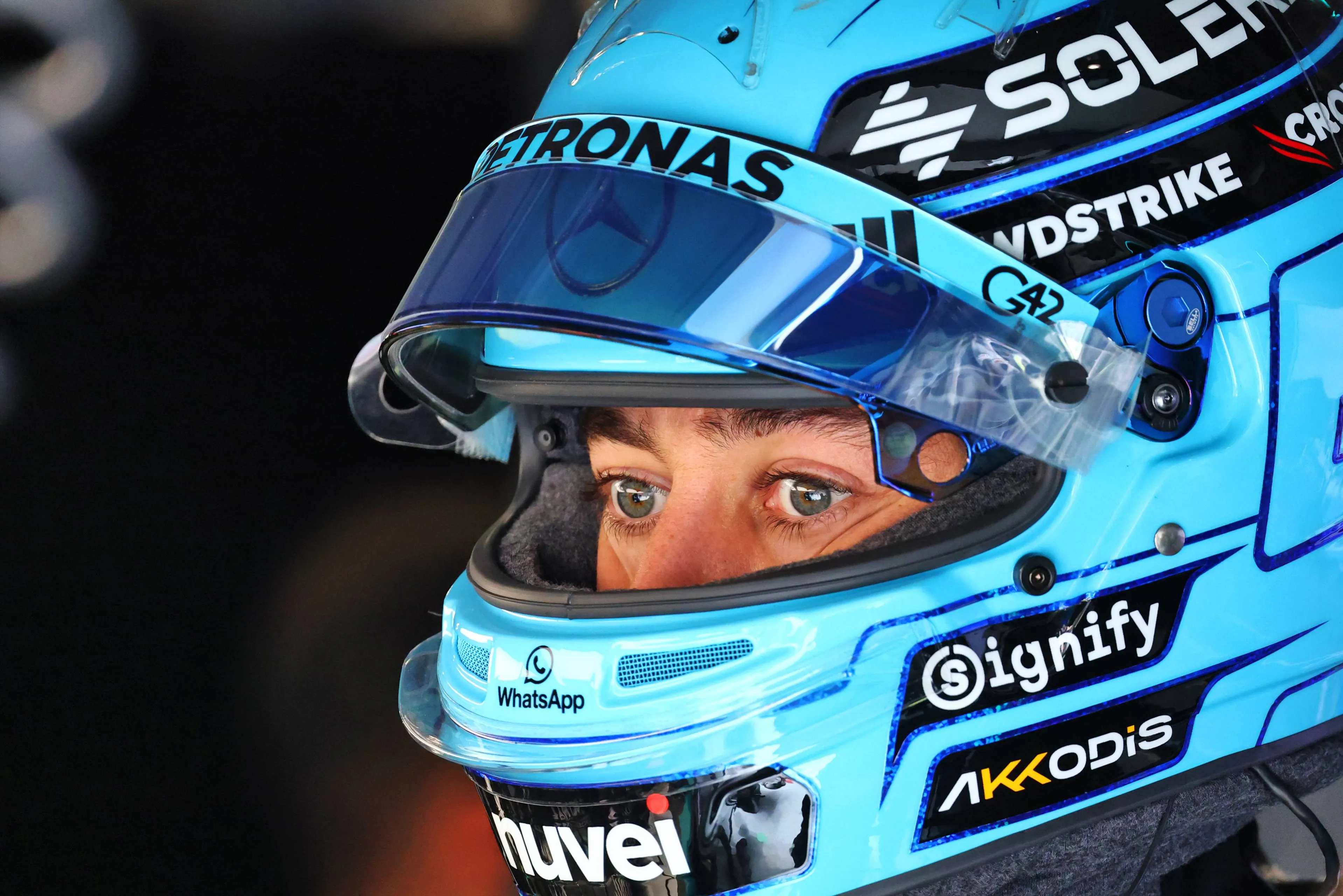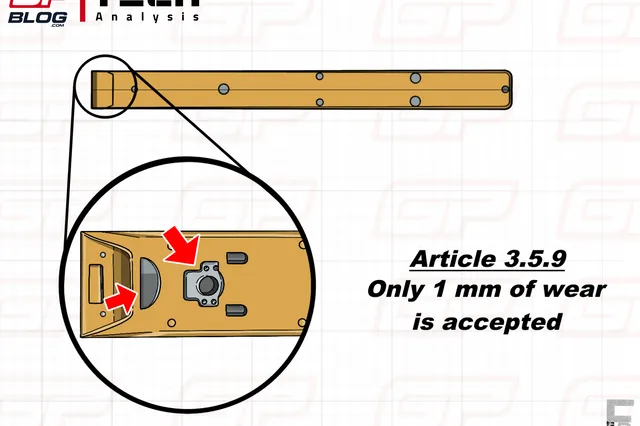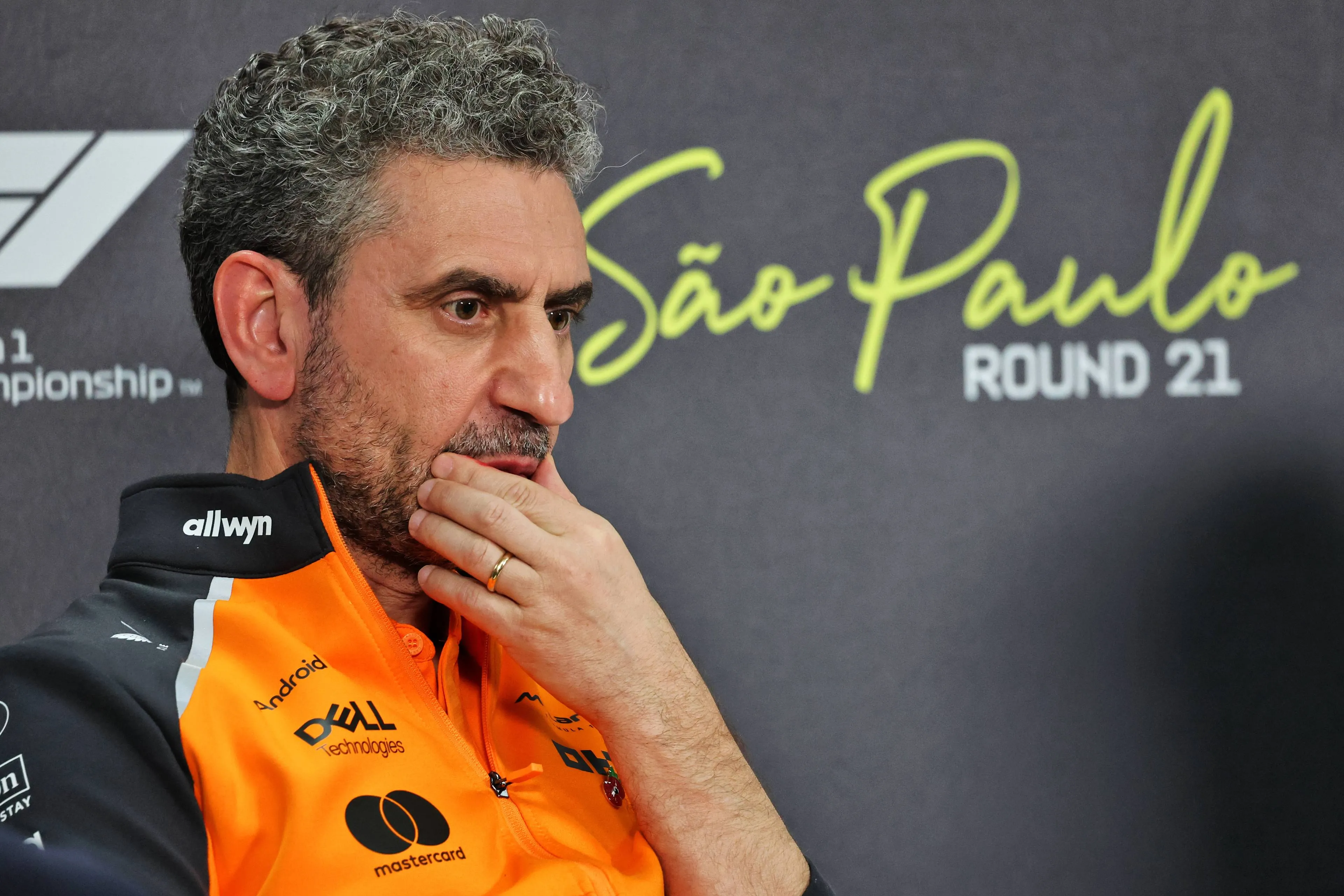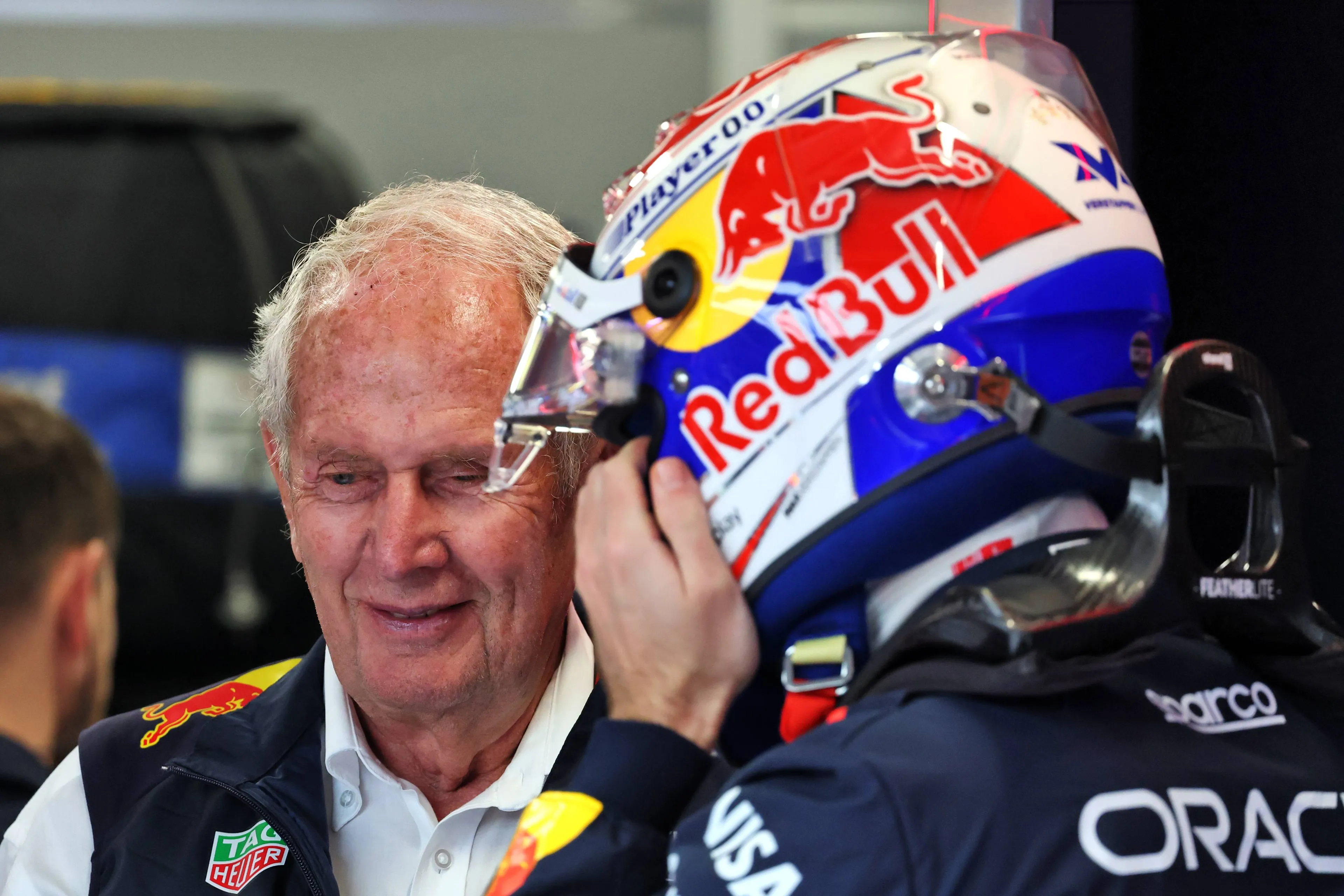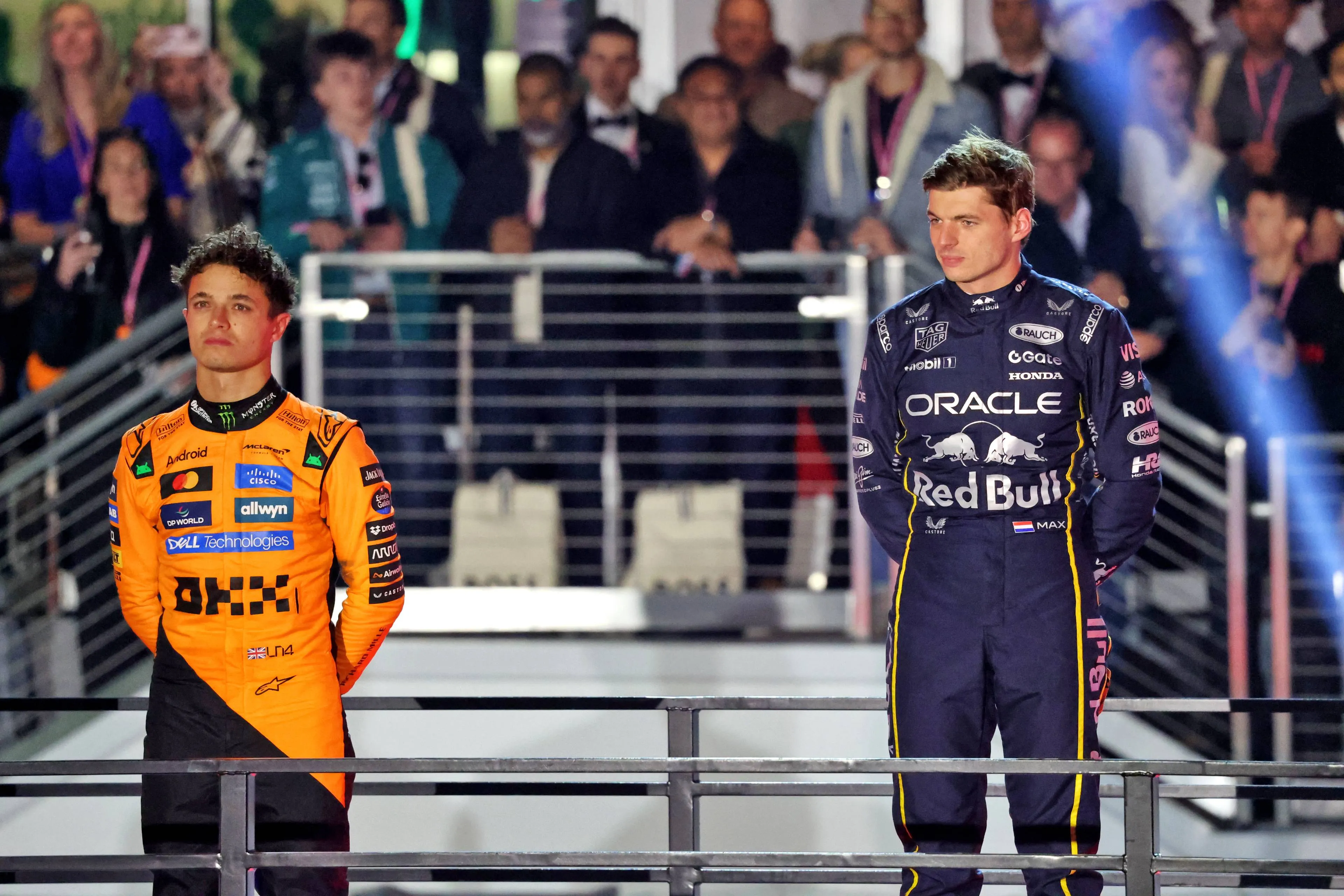Could Russell's 'illegal Ferrari' claim be true? Ex-technical boss breaks it down
After the Hungarian GP, George Russell talked about Charles Leclerc's Ferrari 'possibly being illegal'. The Mercedes driver suggested that Ferrari had to use different settings to avoid a possible disqualification. Gary Anderson argues that this theory cannot be true.
Charles Leclerc started the Hungarian Grand Prix from pole position and was able to lead the race in Budapest for a while, until he started began losing pace at some point.
This resulted in George Russell finishing in third place. The Mercedes driver also shared his theory to why did Leclerc's SF-25 have problems at the Hungaroring.
Why Russell's theory cannot be true, according to Anderson
Gary Anderson, former technical director at Jordan and car designer at Jaguar, dismisses the British driver's theory as a possibility.
"What Russell suggested is a bit wacky and far-fetched in my opinion. A team would not reduce performance in this way just to stop plank wear. There are numerous other, better and less dramatic solutions," he began his analysis on The Telegraph.
"Firstly, you would change the set-up of the car, running the rear of the car stiffer or raising the ride-height slightly to reduce plank wear. Yes, there will be a performance loss but not to the extent we saw after his last stop," Anderson wrote.
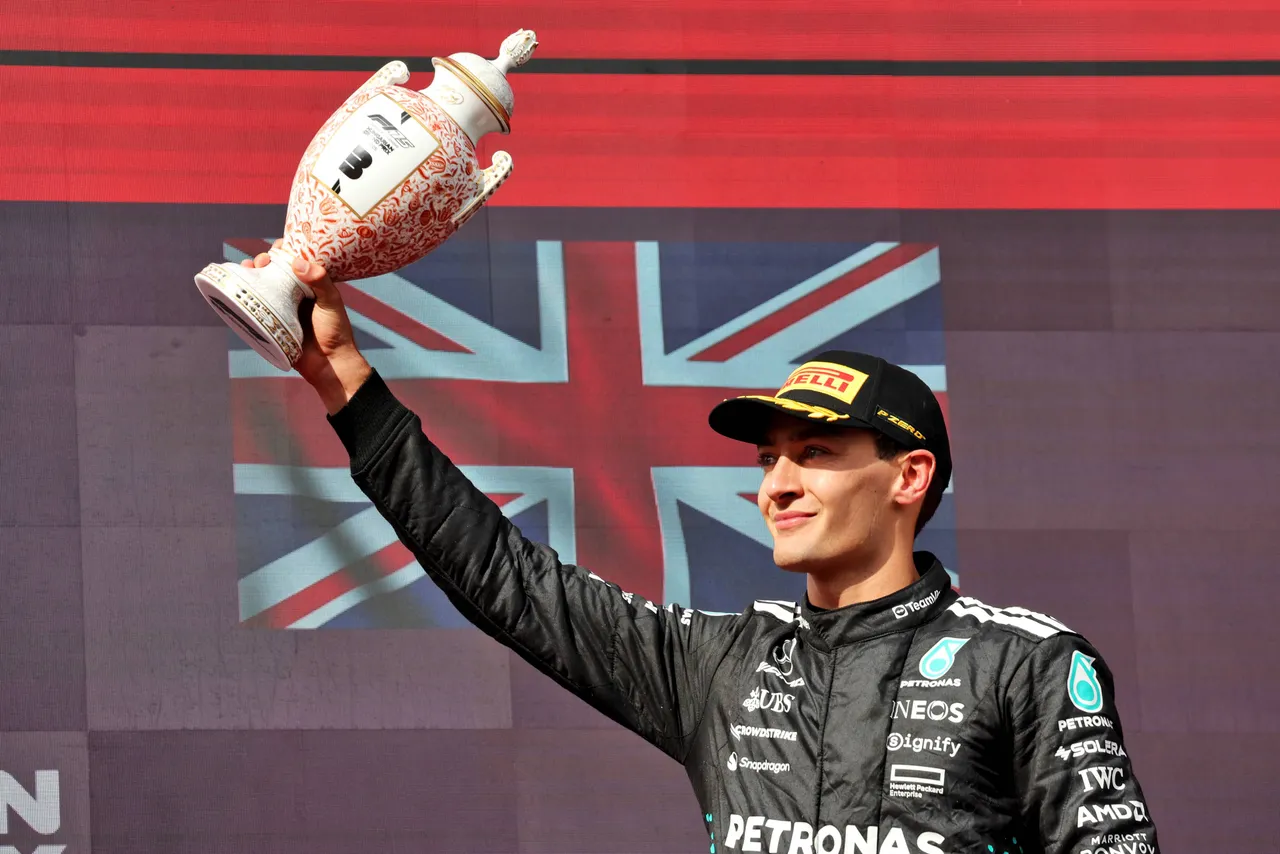
The Briton's theory is also marked illogical according to the former technical director. "When it comes to tyre pressures, again, it seems unlikely. If you put the rear tyre pressures up you are guaranteed to lose performance from the rear tyres overheating. Doing this on a track where traction is absolutely critical is crazy."
"As we have seen in the past, Ferrari make some strange decisions but I do not for one second think that Russell is on to anything here. These changes are too much of a compromise."
After the Hungarian GP, the Mercedes driver explained he 'presumed something was not right' after he saw Leclerc's pace.
He saw that happened because of plank wear issues, the reason Lewis Hamilton was disqualified in China.
According to Russell, the Scuderia increased the tyre pressure, and used slower engine modes towards the end of the straight to generate less wear.
Read also
Popular on GPBlog

Aston Martin has informed staff following rumors about Horner’s arrival

What Norris needs to do to clinch his first drivers' title in Qatar GP
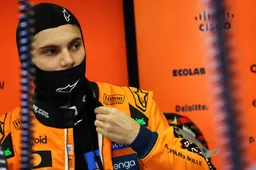
F1 Drivers' Standings | Piastri closes the gap with Sprint win in Qatar

